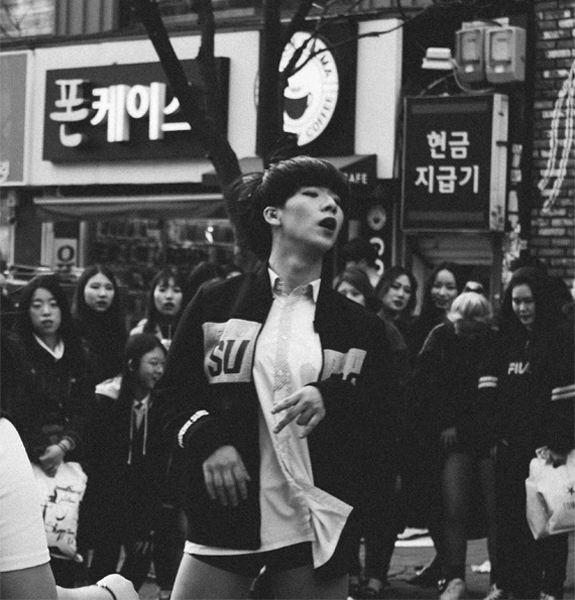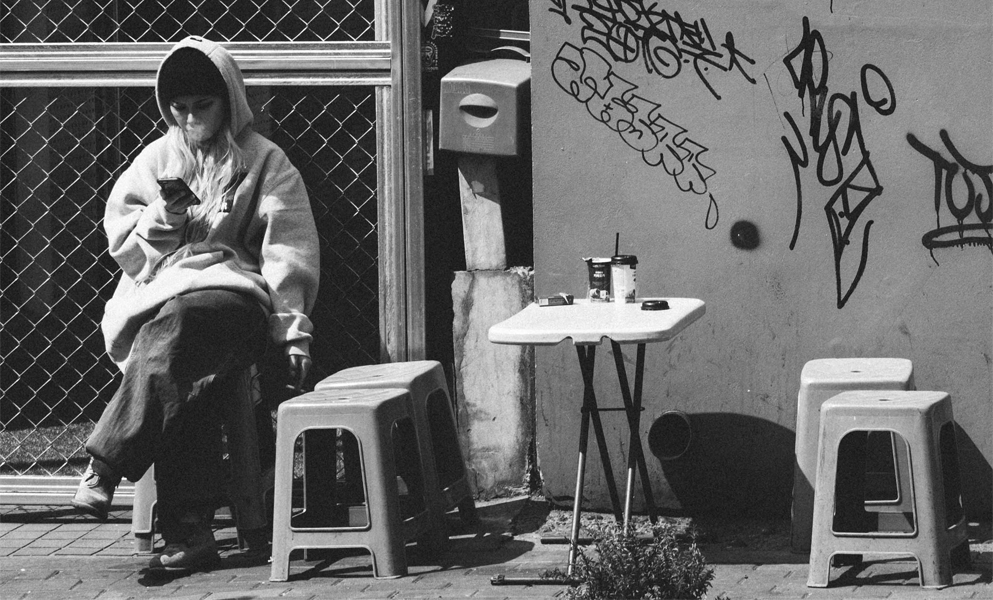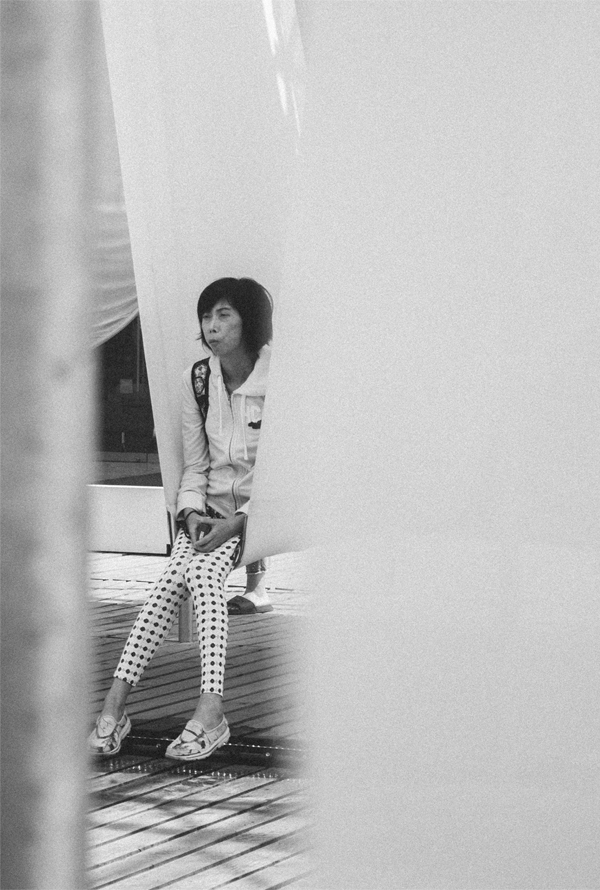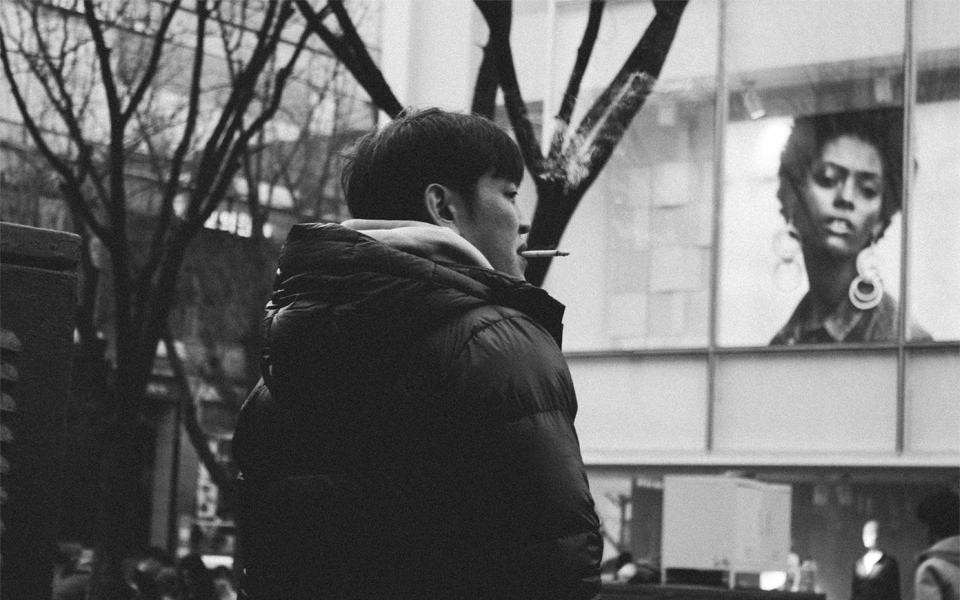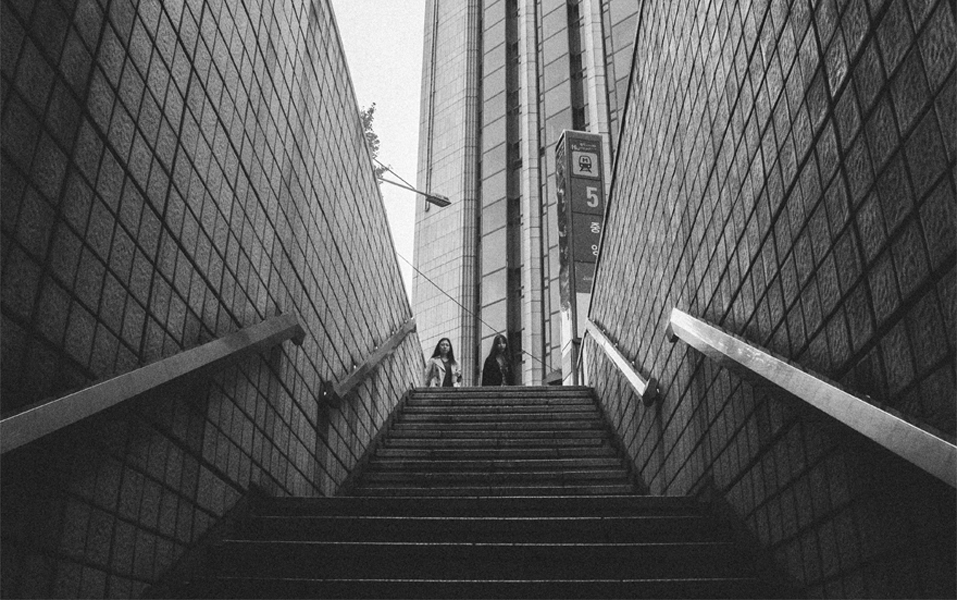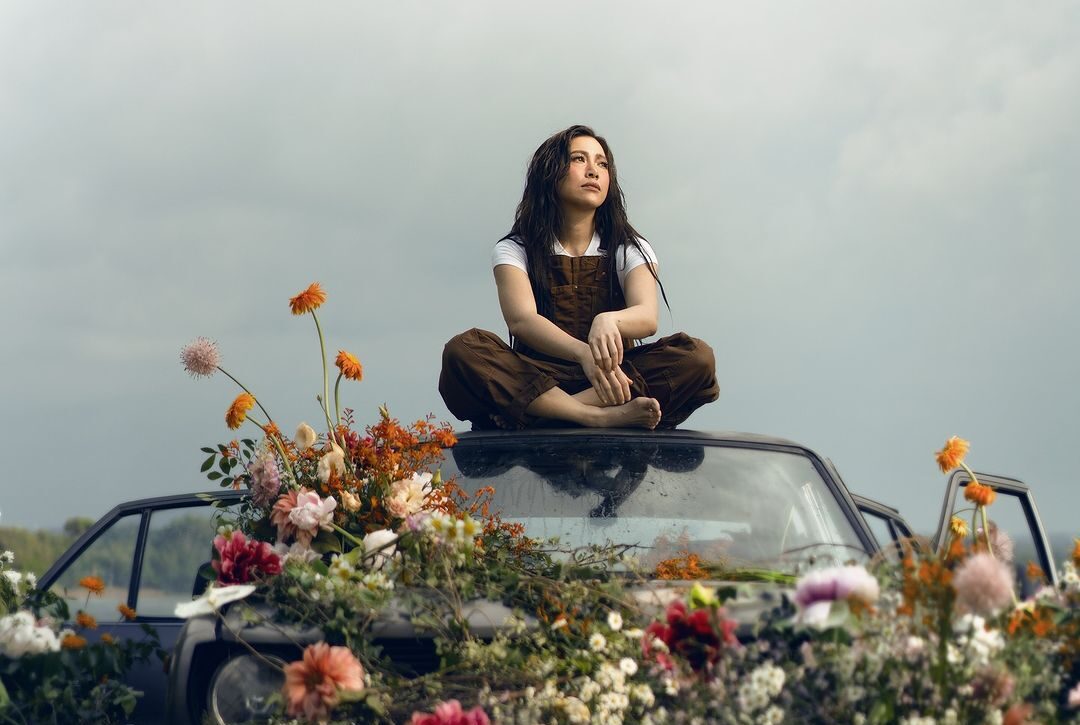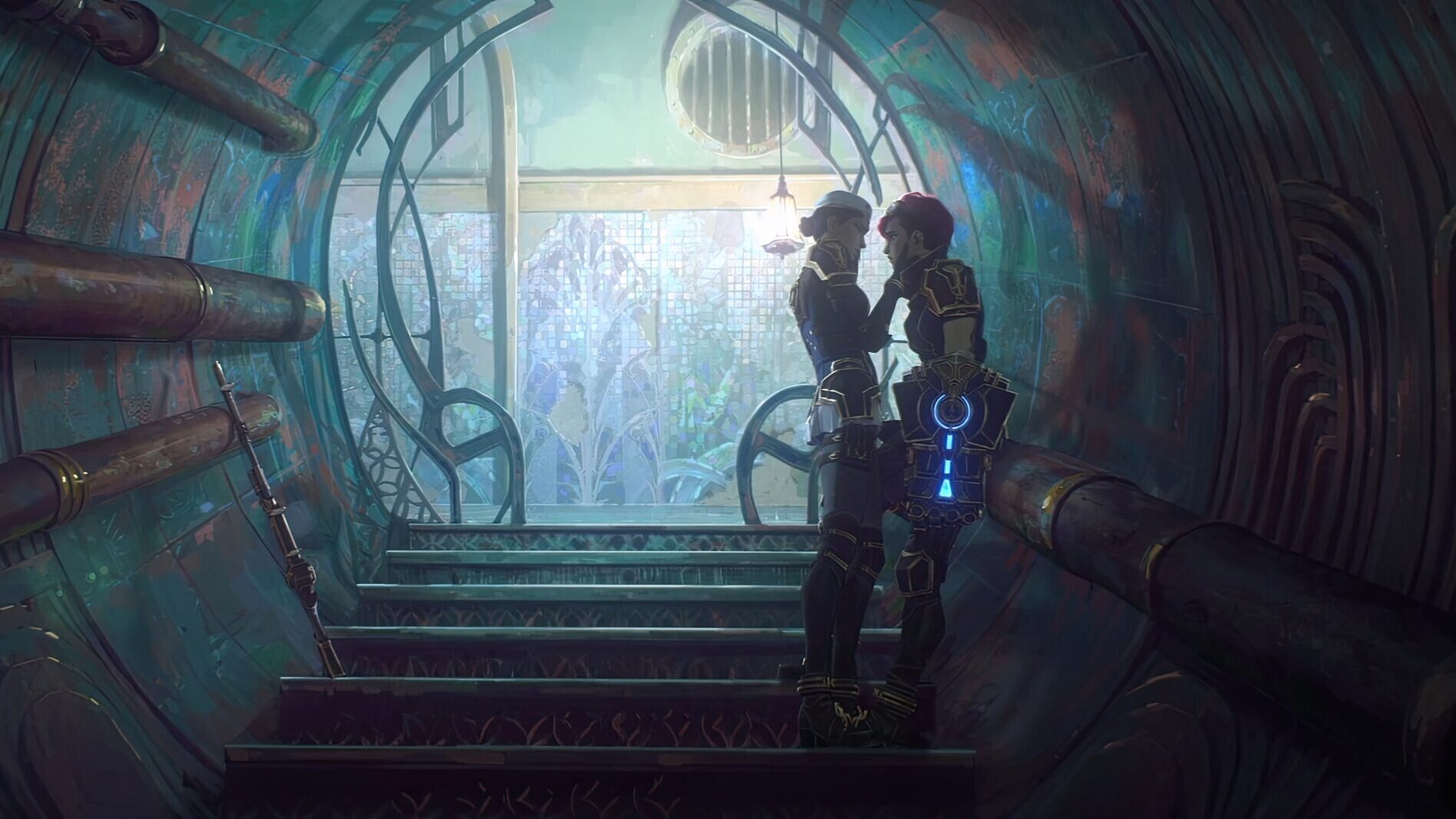Diane Jacinto’s “Stalking Strangers” photography series attempts to bridge the emotional distance between strangers and herself
Haruki Murakami’s “On Seeing the 100% Perfect Girl One Beautiful April Morning” is a short story that attempts to articulate the brief but impactful moments shared with strangers. Romantic feelings and prior acquaintance notwithstanding, there is a certain yearning for people to know more about strangers in the middle of the harsh landscape of the city.
Diane Jacinto’s “Stalking Strangers” photography series is not only a visually affecting piece in itself, but also an attempt to articulate this same yearning for connection. We get to know more about Jacinto and her work here:
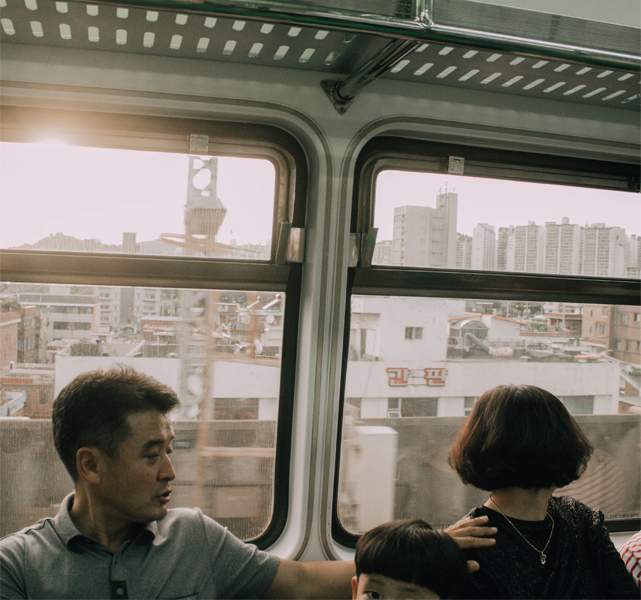
Can I ask what the Stalking Strangers series is about?
Stalking Strangers is about the unspoken stories in the lives of the people around us. As a solo traveler, I find comfort in strangers and in their stories. Through these suspended moments captured through photography, we wonder those stories might be. For a fleeting moment we wonder what kind of people they are, what they do, what they like and dislike. Stalking Strangers is not just about capturing random people in the streets; Stalking Strangers is about seeing these people around us as humans too and that they are not just mere backgrounds in our own lives.
I want them to feel that they’re part of the photographs and of the momentary seconds in the lives of these people
How did you take an interest in photography?
I think it started when I was in fourth year high school. I wanted to document my last months in high school so I would borrow my family’s digital camera every day, bring it to school and take photos of my friends, classmates, and whatever I found interesting
What do you want people to feel when they see your photographs?
I want people to feel as if they’re in the same moment that I was in when I captured those photographs, I want them to wonder too. I don’t want them to be mere observers, I want them to feel as if they were really there. I want them to feel that they’re part of the photographs and of the momentary seconds in the lives of these people.
